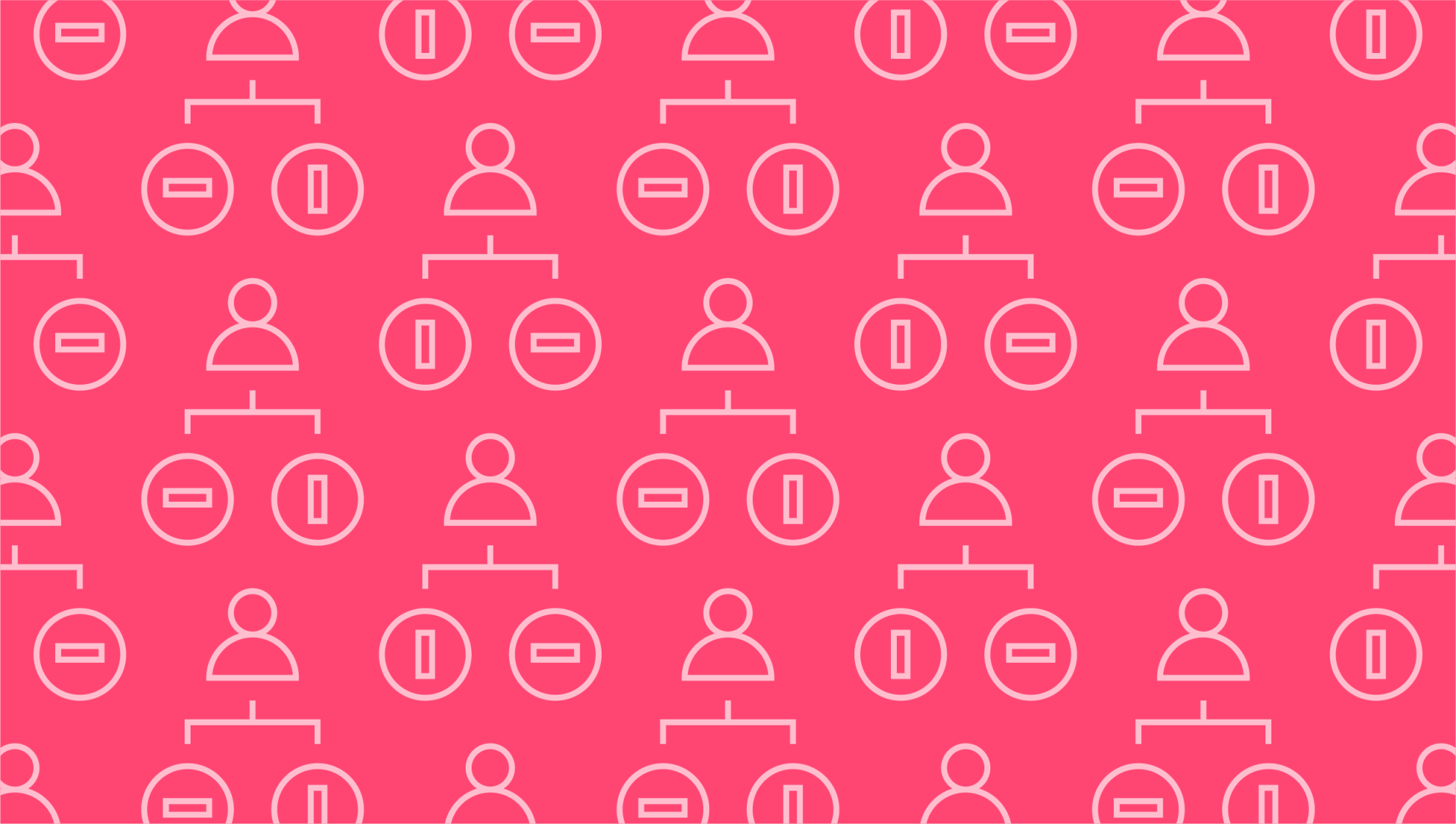Last editedFeb 20212 min read
As the way we operate as a society continues to be guided by advancements in technology, it’s important for modern businesses to gain a solid understanding of what digital currency is, how it works, and why it’s become so prevalent in today’s economic climate.
What is digital currency?
Digital currency is money that only exists electronically and can only be stored and exchanged via computers – with no tangible currency like banknotes or coins. When you complete a transaction with your smartphone using Apple Pay or Google Pay, for example, you’re not necessarily using digital currency, you’re still exchanging fiat currency. With digital currency, there is no physical cash involved whatsoever.
What kinds of digital currency are there?
The most common example of digital money is that which is held by central government deposits and banks. This capital does not exist in any physical form, but it is held digitally as a safeguard for economic disaster. Banks and central governments can access and exchange this money in any currency, but there is never any tangible cash involved and the public cannot access it.
In recent years, a new form of digital currency trading has seen a rapid rise – cryptocurrency.
What is cryptocurrency?
A cryptocurrency is a decentralised form of digital currency trading that anyone can create and invest in.
Anyone with a good amount of time, money and coding expertise can develop their own cryptocurrency, there are thousands of them already, with the most well-known being Bitcoin.
Similar to fiat currencies, there is no commodity that determines the value or supply of a cryptocurrency. With fiat currencies, governments and central banks control and regulate the supply. With cryptocurrencies, the value is based on people buying in and trading with them.
Cryptocurrency transactions are peer-to-peer with no intermediary. All cryptocurrency transactions are publicly stored on what is known as a blockchain – a digital public ledger. All transactions appear encrypted on the blockchain, which is essentially the infrastructure that cryptocurrencies operate through. The data on the blockchain isn’t stored or controlled by any bank or organisation, but rather on hard drives and servers around the world, in what is known as Distributed Ledger Technology (DLT).
The blockchain is an extremely secure, robust system for exchanging currency that is tough to compromise or exploit, and the same can’t necessarily be said for banks and physical cash. However, without regulation, cryptocurrencies can be a risky investment.
What are the benefits of digital currency?
Because transactions using digital currencies do not require any intermediary, they tend to be the cheapest way to trade currency. Digital currencies allow you to make quick, cheap transactions, locally or internationally. The complex cryptographic system also makes it difficult for fraud to occur.
What is a Central Bank Digital Currency (CBDC)?
A Central Bank Digital Currency (CBDC) is a digital currency issued and regulated by the central bank of a country. CBDCs are essentially the state’s answer to the rise of cryptocurrencies, providing the convenience and efficiency that comes with using blockchains. CBDC is viewed by many as the final step towards a cashless society.
Will there be a Bank of England digital currency?
More and more countries are now exploring the possibilities and limitations of CBDCs. China has already introduced the digital yuan and the US is experimenting with the digital dollar, among others, but it was the Bank of England (BOE) that first initiated substantial discussion about CBDCs.
A decision is yet to be made on if there will be a Bank of England digital currency, but BOE have stated that any potential CBDC would be introduced alongside cash, as opposed to as a replacement.
We can help
GoCardless helps you automate payment collection, cutting down on the amount of admin your team needs to deal with when chasing invoices. Find out how GoCardless can help you with ad hoc payments or recurring payments.

